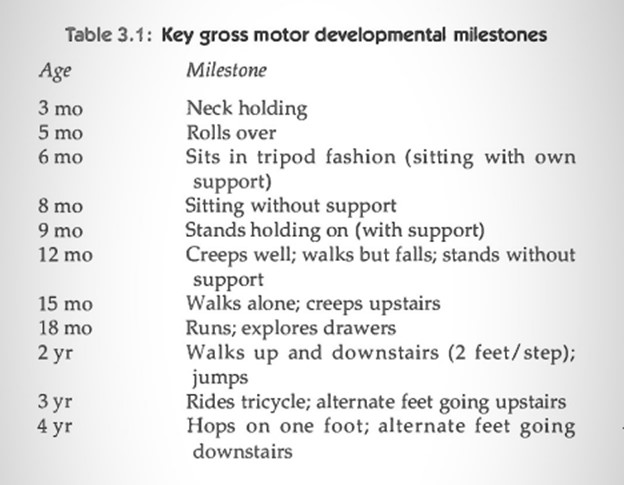A nurse is assessing a toddler at a well-child visit. At what point in the physical examination should the nurse examine the child's tympanic membrane?
At the beginning
Before examining the head and neck
At the end
Before auscultating the chest
The Correct Answer is C
A. It’s usually best to build trust and rapport first with non-invasive assessments. Starting with a potentially uncomfortable procedure like looking in the ears may cause distress and make the rest of the exam more difficult.
B. Examining the tympanic membrane before the head and neck might still be too early in the assessment and could cause the child to become uncooperative for subsequent steps. If the child becomes upset, it could complicate the rest of the physical exam, making it harder to complete.
C. Performing the ear examination at the end allows the nurse to build trust and rapport throughout the visit. The child is less likely to become distressed too early in the exam, which helps maintain cooperation for as long as possible. If the child does become upset, it is at the end of the visit, and the more critical assessments have already been completed.
D. If the ear exam causes distress, it may make the child uncooperative for important assessments like auscultating the heart and lungs.
Nursing Test Bank
Naxlex Comprehensive Predictor Exams
Related Questions
Correct Answer is ["A","B","C","D"]
Explanation
Allowing a parent to be present provides comfort and reassurance to the child. The familiar presence of a parent can help reduce anxiety and fear.
Allowing the child to have a familiar toy from home can provide a sense of security and distraction during procedures. It can help redirect the child's attention and provide a comforting element.
If there are multiple invasive procedures that need to be done, it is best to schedule them close together rather than spreading them out over a longer period. Clustering procedures reduces the number of times the child needs to go through the distressing experience and minimizes the overall stress and anxiety.
Minimizing the duration of the procedure helps reduce the child's discomfort and anxiety. Swift and efficient execution of the procedure can help make it less distressing for the child.
Using mummy restraints during painful procedures is not a recommended strategy.
Correct Answer is C
Explanation
By 15 months of age, toddlers typically develop the ability to stand and maintain balance without support. This milestone is an important indicator of gross motor development. Not being able to stand upright without support at this age may suggest a delay or impairment in motor skills, and further evaluation may be needed to determine the underlying cause.
The other findings mentioned—difficulty jumping with both feet, inability to build a tower of six to seven cubes, and inability to turn a doorknob—are within the expected range of development for a 15-month-old toddler. While some children may already demonstrate these skills, others may acquire them later in their developmental journey. It is important to consider individual variations in development, but the inability to stand without support should be further assessed.

Whether you are a student looking to ace your exams or a practicing nurse seeking to enhance your expertise , our nursing education contents will empower you with the confidence and competence to make a difference in the lives of patients and become a respected leader in the healthcare field.
Visit Naxlex, invest in your future and unlock endless possibilities with our unparalleled nursing education contents today
Report Wrong Answer on the Current Question
Do you disagree with the answer? If yes, what is your expected answer? Explain.
Kindly be descriptive with the issue you are facing.
